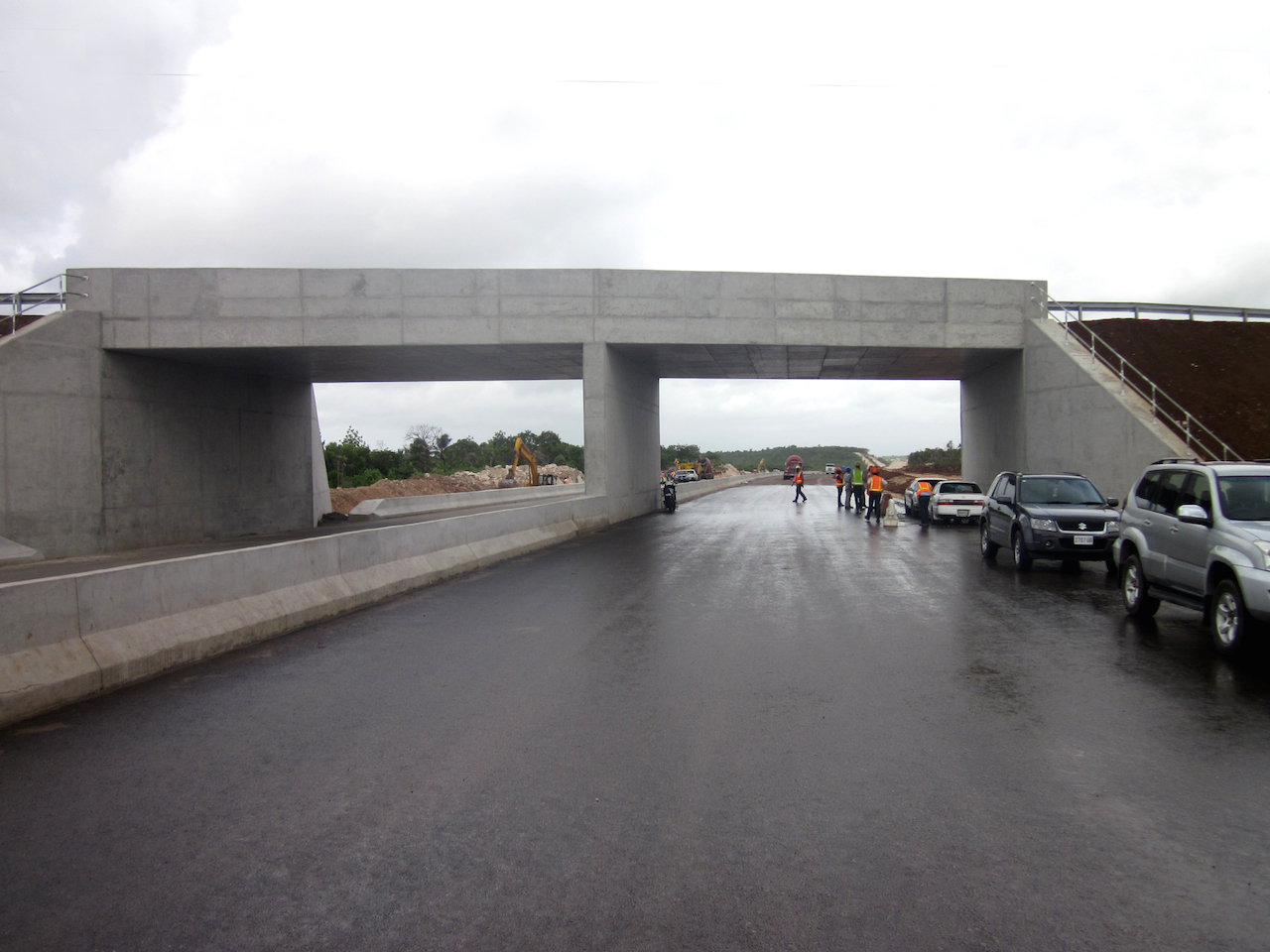According to a document by the Inter-American Bank (IDB), investment in infrastructure in Latin America and the Caribbean in the next few years must go from a “traditional vision” to a “multisector vision”. What do these paradigms imply?
The multisector perspective takes into account the effects on the quality of life of its inhabitants
1. Objectives
In the traditional vision, the project itself is the objective, the center of attention. Technical and financial analyses determine its economic return and the associated direct effects: environmental impact and resettlements, if needed.
However, in the multisector vision, the project considers a broad set of objectives. It studies not only its economic return and associated direct effects, but also the interaction with existing infrastructure and how it affects land use, its influence on and resilience to climate change, the various alternatives for its financing, and the associated governance to ensure its sustainability. Ultimately, the project is designed on the basis of the services provided by the infrastructure and their potential impacts.
2. Team members
While in the traditional vision the members of the project team are only sector specialists (engineer, economist) and safeguards specialists, in the mulitsector vision the team includes sector specialists, financial and regulatory specialists, urban planners, productive development specialists, and safeguards specialists.
3. In the construction of a road, for example, how does each vision operate?
Under the traditional vision, the project studies the effect of the road on transportation costs and the environmental impacts associated with it (what species will be impacted, the effects of deforestation required by its construction). If necessary, there is a relocation of the inhabitants affected by the course of the road. However, the multisector vision incorporates the construction of the road into a broader transportation strategy: how it interacts with the modal transportation system in the region, the various alternatives for financing the project (including PPPs), and proper governance for ensuring its maintenance and quality over time. It also studies how land use will be affected and the effects on the prices of agricultural products in the area. It considers the social context: how the road will affect the quality of life of neighboring populations along its path and that of its users, the possibilities of providing access to schools or hospitals and how this will impact the income of these populations through improved access to markets.



Follow Us